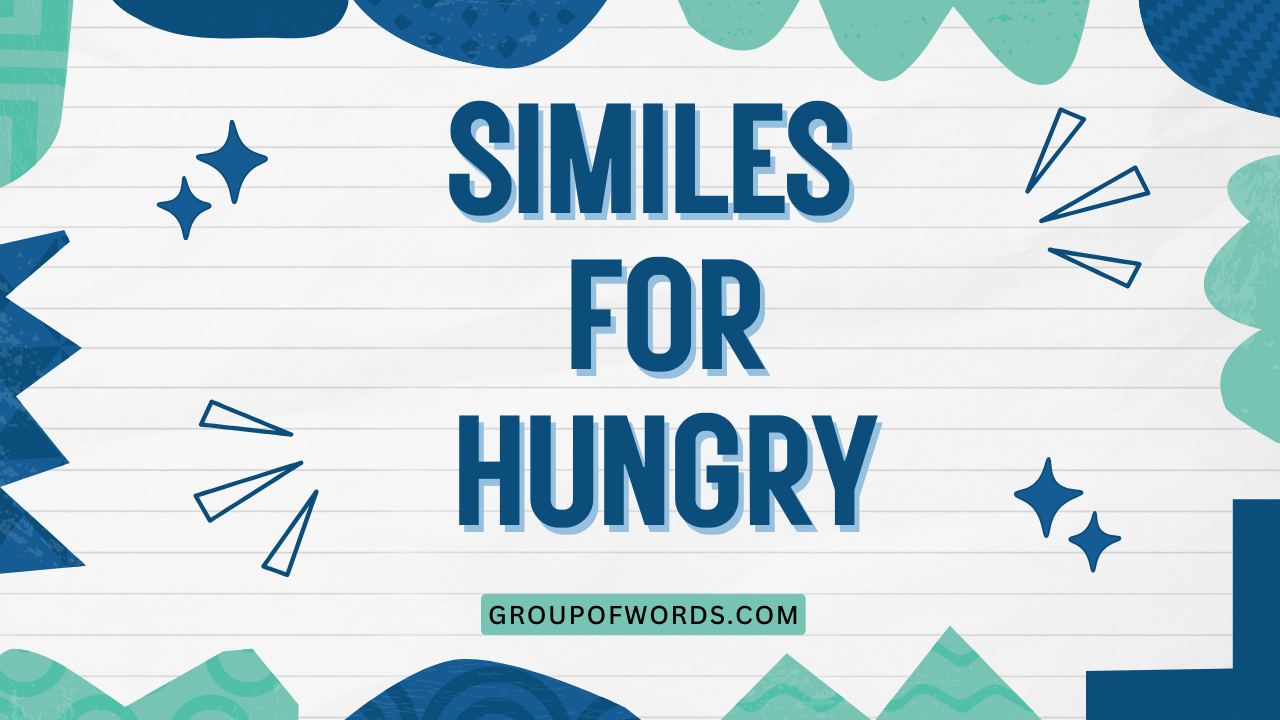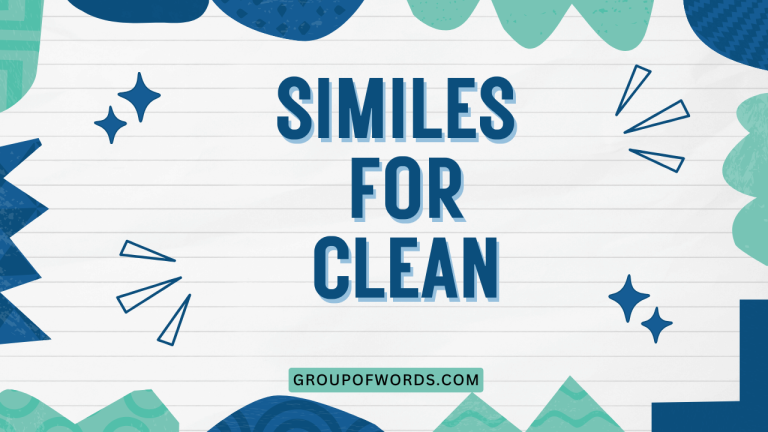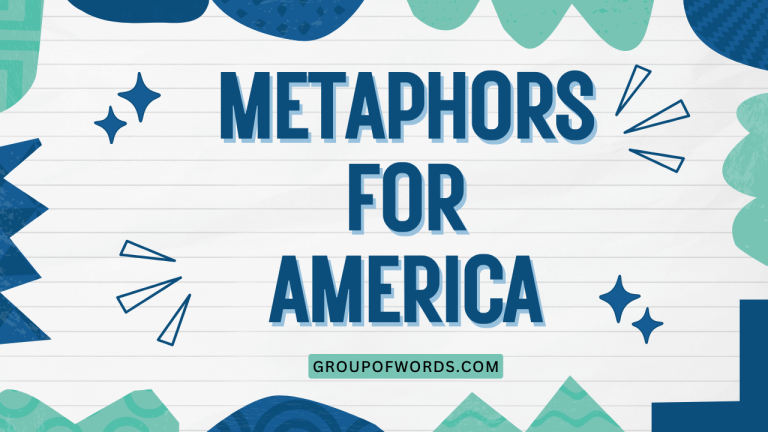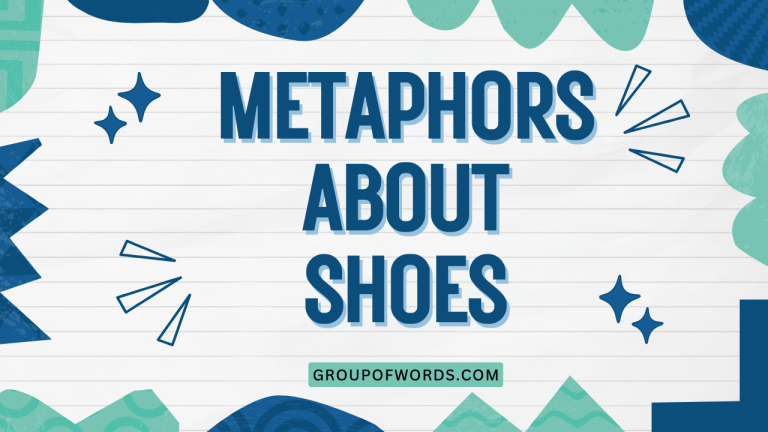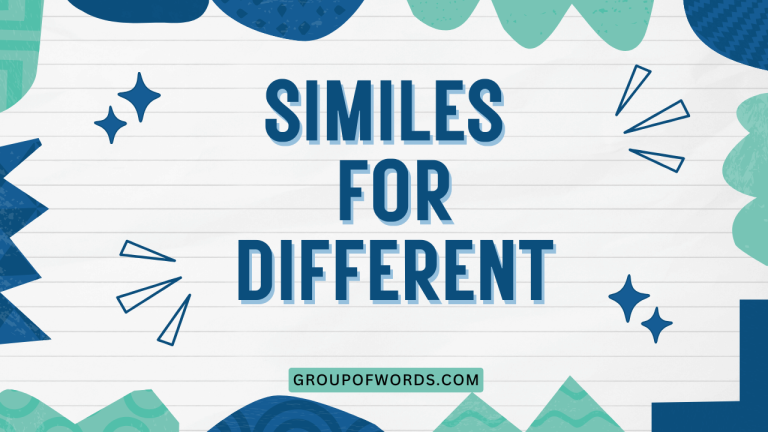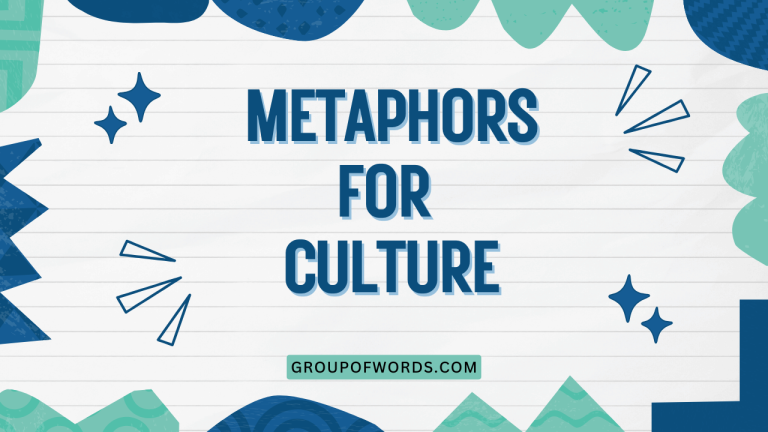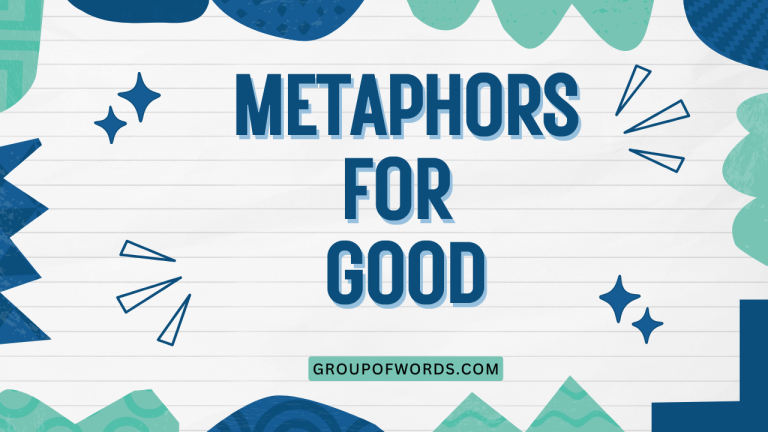Similes for Hungry: A Comprehensive Guide
Similes are powerful tools in the English language, allowing us to create vivid and relatable descriptions by comparing one thing to another using words like “like” or “as.” When describing hunger, similes can transform a simple statement into a compelling expression of need. This article delves into the world of similes for “hungry,” exploring their structure, usage, and impact.
Whether you’re a student aiming to enhance your writing, an ESL learner expanding your vocabulary, or simply someone who appreciates the art of language, this guide will provide you with a comprehensive understanding of how to effectively use similes to depict hunger in a creative and engaging way.
This article is designed for English language learners, writers, and anyone interested in enhancing their descriptive writing skills. By exploring various similes for “hungry,” you will gain a deeper understanding of how to use figurative language to create more vivid and impactful descriptions.
This will improve your writing and comprehension skills, allowing you to express yourself more effectively and appreciate the nuances of the English language.
Table of Contents
- Definition of Similes
- Structural Breakdown of Similes for Hungry
- Types of Similes for Hungry
- Examples of Similes for Hungry
- Usage Rules for Similes
- Common Mistakes with Similes
- Practice Exercises
- Advanced Topics: Nuances of Similes
- Frequently Asked Questions
- Conclusion
Definition of Similes
A simile is a figure of speech that compares two unlike things using the words “like” or “as.” The purpose of a simile is to create a vivid image or emphasize a particular quality by drawing a parallel between the two subjects being compared. Similes are essential tools for writers and speakers looking to add color, depth, and clarity to their language.
Similes function by highlighting a shared characteristic between two dissimilar entities. This comparison allows the audience to understand the subject more clearly or to see it in a new light.
For example, saying someone is “as brave as a lion” uses the known bravery of a lion to emphasize the person’s courage. In the context of hunger, similes can effectively convey the intensity and desperation of the feeling by comparing it to something else that evokes a similar sense of urgency or need.
Structural Breakdown of Similes for Hungry
The basic structure of a simile includes three key components: the subject, the comparative word (“like” or “as”), and the object of comparison. In the case of similes describing hunger, the subject is the feeling of hunger itself, and the object of comparison is something that intensifies or clarifies that feeling.
Understanding this structure allows you to create effective and evocative similes.
Consider the simile “as hungry as a wolf.” Here, the subject is the feeling of hunger, the comparative word is “as,” and the object of comparison is “a wolf.” The simile implies that the hunger is intense and primal, similar to the ravenous appetite of a wolf. By understanding this simple structure, you can construct countless similes to describe hunger, each with its own unique nuance and impact.
Types of Similes for Hungry
Similes for “hungry” can be categorized based on the type of comparison they make. Some similes emphasize the intensity of the hunger, while others focus on the desperation or the physical effects.
Here are a few common categories:
Animalistic Similes
These similes compare hunger to the insatiable appetite of animals, often predators. They evoke a sense of primal need and urgency.
Comparative Similes
These similes compare the level of hunger to extreme situations or conditions, highlighting the severity of the feeling.
Desperate Similes
These similes focus on the actions and feelings that hunger provokes, emphasizing the desperation and discomfort it causes.
Examples of Similes for Hungry
Below are several examples of similes used to describe hunger, categorized to illustrate their different effects. These examples will help you understand how to effectively use similes to convey the intensity and nature of hunger.
Animalistic Similes
Animalistic similes are effective because they tap into our inherent understanding of animal behavior, particularly their drive for survival. By comparing hunger to the appetite of a specific animal, we can quickly convey the intensity and urgency of the need for food.
The following table provides a variety of examples, each with a slightly different nuance.
| Simile | Explanation |
|---|---|
| As hungry as a wolf | Implies a ravenous, primal hunger. |
| As hungry as a bear | Suggests a deep, gnawing hunger, like a bear emerging from hibernation. |
| As hungry as a lion | Conveys a powerful, predatory hunger. |
| As hungry as a horse | Indicates a large appetite and a need for substantial food. |
| As hungry as a bird | Although birds are small, this can imply a constant, pecking hunger. |
| As hungry as a pack of hyenas | Suggests a collective, desperate hunger. |
| As hungry as a swarm of locusts | Implies a destructive, all-consuming hunger. |
| As hungry as a shark | Conveys a relentless, ever-present hunger. |
| As hungry as a newborn calf | Suggests a pure, instinctive hunger. |
| As hungry as a fox | Implies a sly, cunning hunger, driven by desperation. |
| As hungry as a stray dog | Conveys a pitiful, neglected hunger. |
| As hungry as a raven | Suggests a sharp, insistent hunger. |
| As hungry as a wildcat | Implies a fierce, untamed hunger. |
| As hungry as a starved rat | Conveys a desperate, gnawing hunger. |
| As hungry as a hibernating groundhog | Suggests a hunger built up over a long period. |
| As hungry as a hungry caterpillar | Implies a constant need to eat and grow. |
| As hungry as a seagull at the pier | Conveys an opportunistic and insistent hunger. |
| As hungry as an anteater | Suggests a specific and intense craving. |
| As hungry as a piranha | Implies a voracious and rapid consumption. |
| As hungry as a vulture | Conveys a grim, opportunistic hunger. |
| As hungry as a famished wolf | Implies a relentless, primal hunger. |
| As hungry as a bear after hibernation | Suggests a deep, gnawing hunger, like a bear emerging from hibernation. |
| As hungry as a lioness protecting her cubs | Conveys a powerful and protective hunger. |
| As hungry as a horse after a long race | Indicates an extreme appetite and a need for substantial food. |
| As hungry as a nest full of baby birds | Although birds are small, this can imply a constant, demanding hunger. |
| As hungry as a pack of wolves hunting in winter | Suggests a collective and desperate hunger in harsh conditions. |
| As hungry as a swarm of locusts devouring a field | Implies a destructive and all-consuming hunger that leaves nothing behind. |
| As hungry as a great white shark circling its prey | Conveys a relentless and ever-present hunger, ready to strike. |
| As hungry as a newborn lamb separated from its mother | Suggests a pure and instinctive hunger, driven by vulnerability. |
| As hungry as a fox sneaking into a henhouse | Implies a sly and cunning hunger, driven by desperation and opportunity. |
Comparative Similes
Comparative similes use extreme situations or conditions to emphasize the intensity of hunger. These similes often evoke a sense of deprivation and highlight the discomfort and urgency associated with needing food.
They help the reader understand the severity of the hunger being described.
| Simile | Explanation |
|---|---|
| As hungry as if I hadn’t eaten in days | Highlights the prolonged duration of hunger. |
| As hungry as a person stranded in the desert | Conveys a sense of desperation and survival. |
| As hungry as if my stomach were a bottomless pit | Emphasizes the insatiable nature of the hunger. |
| As hungry as if I were eating for two | Suggests an unusually large appetite. |
| As hungry as if I were starving | Directly equates the feeling with starvation. |
| As hungry as someone who’s run a marathon | Implies a hunger resulting from extreme physical exertion. |
| As hungry as a person who’s been fasting | Highlights the deprivation aspect of hunger. |
| As hungry as if I could eat a horse | Exaggerates the amount of food desired. |
| As hungry as if my stomach were eating itself | Conveys a painful, gnawing hunger. |
| As hungry as if I’d been shipwrecked | Suggests a prolonged period without food. |
| As hungry as if I’d climbed Mount Everest | Implies a hunger resulting from extreme physical exertion and deprivation. |
| As hungry as if I hadn’t eaten since breakfast yesterday | Highlights the extended period without nourishment. |
| As hungry as if my insides were hollow | Conveys a feeling of emptiness and need. |
| As hungry as if I could devour the entire fridge | Exaggerates the extent of the craving. |
| As hungry as if I were competing in an eating contest | Suggests an intense, competitive hunger. |
| As hungry as someone recovering from illness | Implies a hunger driven by the body’s need for replenishment. |
| As hungry as if I’d been lost in the woods | Conveys a sense of isolation and prolonged deprivation. |
| As hungry as if I could eat a whole pizza by myself | Specifies a large quantity of food desired. |
| As hungry as if my stomach were a black hole | Emphasizes the insatiable and consuming nature of the hunger. |
| As hungry as if I’d been working in the fields all day | Implies a hunger resulting from hard physical labor. |
| As hungry as if I hadn’t eaten a proper meal in weeks | Highlights the prolonged and severe duration of hunger. |
| As hungry as if I were stranded on a deserted island | Conveys a sense of isolation, desperation, and survival. |
| As hungry as if my stomach were an empty cavern echoing with need | Emphasizes the feeling of emptiness and the pervasive nature of the hunger. |
| As hungry as if I were eating for a growing family of six | Suggests an enormous and all-consuming appetite. |
| As hungry as if I were experiencing the worst famine in history | Directly equates the feeling with extreme deprivation and starvation. |
| As hungry as someone who’s participated in a grueling triathlon | Implies a hunger resulting from extreme physical exertion and endurance. |
| As hungry as a person who’s been on a water-only diet for days | Highlights the severe deprivation and the intense craving for solid food. |
| As hungry as if I could devour an entire Thanksgiving feast without stopping | Exaggerates the amount of food desired and the lack of restraint. |
| As hungry as if my stomach were a grinding machine, consuming everything in its path | Conveys a painful, gnawing hunger that demands immediate satisfaction. |
| As hungry as if I’d been lost at sea for weeks with nothing to eat but rainwater | Suggests a prolonged period of extreme deprivation and hardship. |
Desperate Similes
Desperate similes focus on the actions and feelings that hunger provokes. They emphasize the discomfort, urgency, and even irrationality that can accompany intense hunger.
These similes can be particularly effective in conveying the emotional impact of being hungry.
| Simile | Explanation |
|---|---|
| As hungry as to eat the cardboard box | Implies a willingness to eat anything, regardless of quality. |
| As hungry as to gnaw on a tree bark | Conveys a primal, desperate need for sustenance. |
| As hungry as to dream of food all night | Highlights the obsessive nature of hunger. |
| As hungry as to feel my stomach rumble like thunder | Emphasizes the physical discomfort of hunger. |
| As hungry as to start seeing food everywhere | Suggests a heightened awareness and craving. |
| As hungry as to consider eating leftovers from the trash | Implies extreme desperation and lack of options. |
| As hungry as to feel weak and dizzy | Conveys the physical effects of hunger. |
| As hungry as to be unable to concentrate on anything else | Highlights the distracting nature of hunger. |
| As hungry as to feel like my stomach is eating itself | Emphasizes the painful, gnawing sensation. |
| As hungry as to feel like I could faint from lack of food | Conveys a sense of vulnerability and physical distress. |
| As hungry as to eat a week-old sandwich | Implies a willingness to compromise on food quality due to hunger. |
| As hungry as to forage for berries in the woods | Suggests a proactive, survival-driven approach to finding food. |
| As hungry as to fantasize about elaborate meals | Highlights the mental preoccupation with food. |
| As hungry as to feel my energy completely drained | Conveys the debilitating effects of hunger on physical activity. |
| As hungry as to start planning my next meal the moment I finish one | Emphasizes the constant anticipation and focus on food. |
| As hungry as to consider asking strangers for food | Implies a sense of shame and desperation. |
| As hungry as to feel my mood sour and irritable | Conveys the emotional impact of hunger on temperament. |
| As hungry as to be willing to work for a single bite | Highlights the extreme value placed on food when hungry. |
| As hungry as to feel my stomach growl loud enough for others to hear | Emphasizes the public embarrassment and physical manifestation of hunger. |
| As hungry as to feel a primal urge to hunt and gather | Conveys a deep-seated, instinctive drive for sustenance. |
| As hungry as to consider eating something I normally wouldn’t touch | Implies a severe compromise in food preferences due to extreme hunger. |
| As hungry as to start rationing even the smallest snacks | Suggests a cautious and strategic approach to managing limited food resources. |
| As hungry as to spend hours looking at food pictures online | Highlights the obsessive and visually-driven nature of craving. |
| As hungry as to feel my resolve crumble in the face of tempting food | Conveys the overpowering influence of hunger on willpower. |
| As hungry as to start hoarding food like a squirrel preparing for winter | Emphasizes the instinctual need to accumulate and protect food resources. |
| As hungry as to consider sneaking food from someone else’s plate | Implies a lapse in manners and social boundaries due to intense hunger. |
| As hungry as to feel my body shutting down from lack of nourishment | Conveys the severe and potentially dangerous physical consequences of prolonged hunger. |
| As hungry as to be willing to endure any hardship for a decent meal | Highlights the extreme lengths one might go to satisfy their hunger. |
| As hungry as to feel my mind consumed by thoughts of food, blocking out everything else | Emphasizes the all-encompassing and intrusive nature of hunger. |
| As hungry as to start questioning my sanity in the pursuit of sustenance | Implies a desperate and irrational state driven by the overwhelming need for food. |
Usage Rules for Similes
When using similes, it’s important to ensure that the comparison is both clear and effective. Here are some guidelines to follow:
- Clarity: The comparison should be easily understood. Avoid obscure references or overly complex comparisons.
- Relevance: The object of comparison should have a clear connection to the subject being described. The shared characteristic should be apparent.
- Originality: While common similes can be effective, try to create original comparisons that add a unique perspective.
- Context: The simile should be appropriate for the tone and context of your writing.
Using similes effectively involves understanding your audience and the message you want to convey. A well-crafted simile can add depth and richness to your writing, making it more engaging and memorable.
Consider the emotional impact of your simile and how it contributes to the overall message.
Common Mistakes with Similes
One common mistake is using clichéd similes that have lost their impact through overuse. For example, “as hungry as a horse” is a common simile, but it may not be as effective as a more original comparison.
Another mistake is creating comparisons that don’t make sense or are confusing.
Here are some examples of common mistakes and how to correct them:
| Incorrect Simile | Correct Simile | Explanation |
|---|---|---|
| As hungry as a rock | As hungry as a wolf | Rocks don’t experience hunger, making the comparison nonsensical. |
| As hungry as the color blue | As hungry as if I hadn’t eaten in days | Colors cannot experience hunger. The correct simile uses a more relatable comparison. |
| As hungry as a happy person | As hungry as if my stomach were a bottomless pit | A happy person does not necessarily experience hunger, making the comparison ineffective. |
Practice Exercises
Test your understanding of similes for “hungry” with these exercises. Fill in the blanks with appropriate objects of comparison to create effective similes.
- He was as hungry as ____.
- She felt as hungry as ____.
- They were as hungry as ____.
- I am as hungry as ____.
- You are as hungry as ____.
- The child was as hungry as ____.
- The dog was as hungry as ____.
- The travelers were as hungry as ____.
- The workers were as hungry as ____.
- The athlete was as hungry as ____.
Answers:
- He was as hungry as a bear coming out of hibernation.
- She felt as hungry as if she hadn’t eaten all day.
- They were as hungry as a pack of wolves.
- I am as hungry as if my stomach were eating itself.
- You are as hungry as a person stranded in the desert.
- The child was as hungry as a newborn calf.
- The dog was as hungry as a stray without a home.
- The travelers were as hungry as if they had been lost for weeks.
- The workers were as hungry as if they had been toiling in the fields since dawn.
- The athlete was as hungry as if he had just finished a marathon.
Exercise 2: Rewrite the following sentences using similes to describe hunger.
- I am very hungry.
- The children were extremely hungry.
- He was so hungry he could eat anything.
- She felt a strong hunger.
- They had not eaten in days and were very hungry.
- The animal was desperate for food.
- The hikers were starving after their long trek.
- The prisoner had not eaten in days.
- The refugees were suffering from severe hunger.
- The castaway was desperate for sustenance.
Answers:
- I am as hungry as if my stomach were a bottomless pit.
- The children were as hungry as a pack of ravenous wolves.
- He was as hungry as if he could eat the cardboard box.
- She felt as hungry as a bear emerging from hibernation.
- They had not eaten in days and were as hungry as people stranded in the desert.
- The animal was as desperate for food as a starving stray dog.
- The hikers were as starving after their long trek as if they hadn’t eaten in days.
- The prisoner had not eaten in days and was as hungry as if his stomach was eating itself.
- The refugees were suffering from severe hunger, as hungry as if they were experiencing a famine.
- The castaway was as desperate for sustenance as a person dying of thirst in the desert.
Exercise 3: Create your own original similes for hunger, using the following prompts:
- As hungry as… (use a specific animal)
- As hungry as… (use an extreme situation)
- As hungry as… (describe a physical sensation)
- As hungry as… (describe a desperate action)
- As hungry as… (describe a mental state)
- As hungry as… (use a historical event)
- As hungry as… (use a fictional character)
- As hungry as… (use a natural phenomenon)
- As hungry as… (use a common object)
- As hungry as… (use a personal experience)
Example Answers:
- As hungry as a wolverine after a long winter.
- As hungry as if I were lost in space with no food supplies.
- As hungry as to feel my intestines twisting with emptiness.
- As hungry as to consider eating roadkill.
- As hungry as to have my mind completely consumed by images of food.
- As hungry as someone during the Irish potato famine.
- As hungry as Gollum craving the One Ring.
- As hungry as a parched earth awaiting rain.
- As hungry as a vacuum cleaner with an insatiable appetite.
- As hungry as I felt after running my first marathon.
Advanced Topics: Nuances of Similes
Beyond the basic structure and usage, similes can be used with greater subtlety and complexity. Advanced learners can explore the use of extended similes, which develop the comparison over several sentences or even paragraphs.
This allows for a more detailed and nuanced exploration of the subject.
Another advanced technique is the use of ironic or contradictory similes, where the comparison is unexpected or even absurd. This can create a humorous or thought-provoking effect.
For example, saying someone is “as hungry as a satisfied cat” uses irony to emphasize a lack of hunger or perhaps a feigned disinterest. Consider the cultural context of your similes as well.
Some comparisons may be more effective or understandable in certain cultures than others. Understanding these nuances can significantly enhance your ability to use similes effectively.
Frequently Asked Questions
- What is the difference between a simile and a metaphor?
A simile compares two things using “like” or “as,” while a metaphor directly equates two things without using those words. For example, “He is as brave as a lion” is a simile, while “He is a lion” is a metaphor.
- Can a simile be too obvious?
Yes, a simile can be too obvious or clichéd if it is overused or lacks originality. Strive to create fresh and insightful comparisons.
- How do I make my similes more creative?
To make your similes more creative, think outside the box and consider unexpected or unusual comparisons. Draw inspiration from your own experiences, observations, and imagination.
- Is it okay to use a simile that is not literally true?
Yes, similes are not meant to be taken literally. They are figures of speech that use comparison to create a vivid image or emphasize a particular quality.
- How do I choose the right simile for my writing?
Consider the tone and context of your writing, as well as the message you want to convey. Choose a simile that is relevant, clear, and effective in achieving your desired effect.
- Are there any situations where I should avoid using similes?
In formal or technical writing, similes might be less appropriate than in creative or descriptive writing. Overuse of similes can also make your writing seem cluttered or artificial.
- Can I use similes in spoken language as well as in writing?
Yes, similes are commonly used in both spoken and written language. They can add color and emphasis to your conversations.
- How can I improve my ability to create effective similes?
Practice is key. Read widely, pay attention to how other writers use similes, and experiment with your own comparisons. The more you practice, the better you will become at crafting effective similes.
Conclusion
Mastering the art of using similes to describe hunger can significantly enhance your writing and communication skills. By understanding the structure, types, and usage rules of similes, you can create vivid and impactful descriptions that resonate with your audience.
Remember to avoid clichés, strive for originality, and consider the context of your writing. With practice and attention to detail, you can effectively use similes to convey the intensity and nuances of hunger, adding depth and richness to your language.
The ability to craft compelling similes is a valuable asset for any writer or speaker. By continually practicing and refining your skills, you can elevate your language and create more engaging and memorable content.
Don’t be afraid to experiment with different comparisons and explore the endless possibilities that similes offer. Happy writing!
